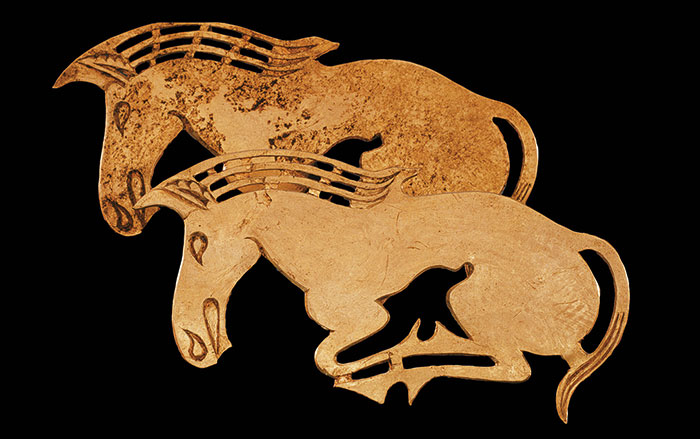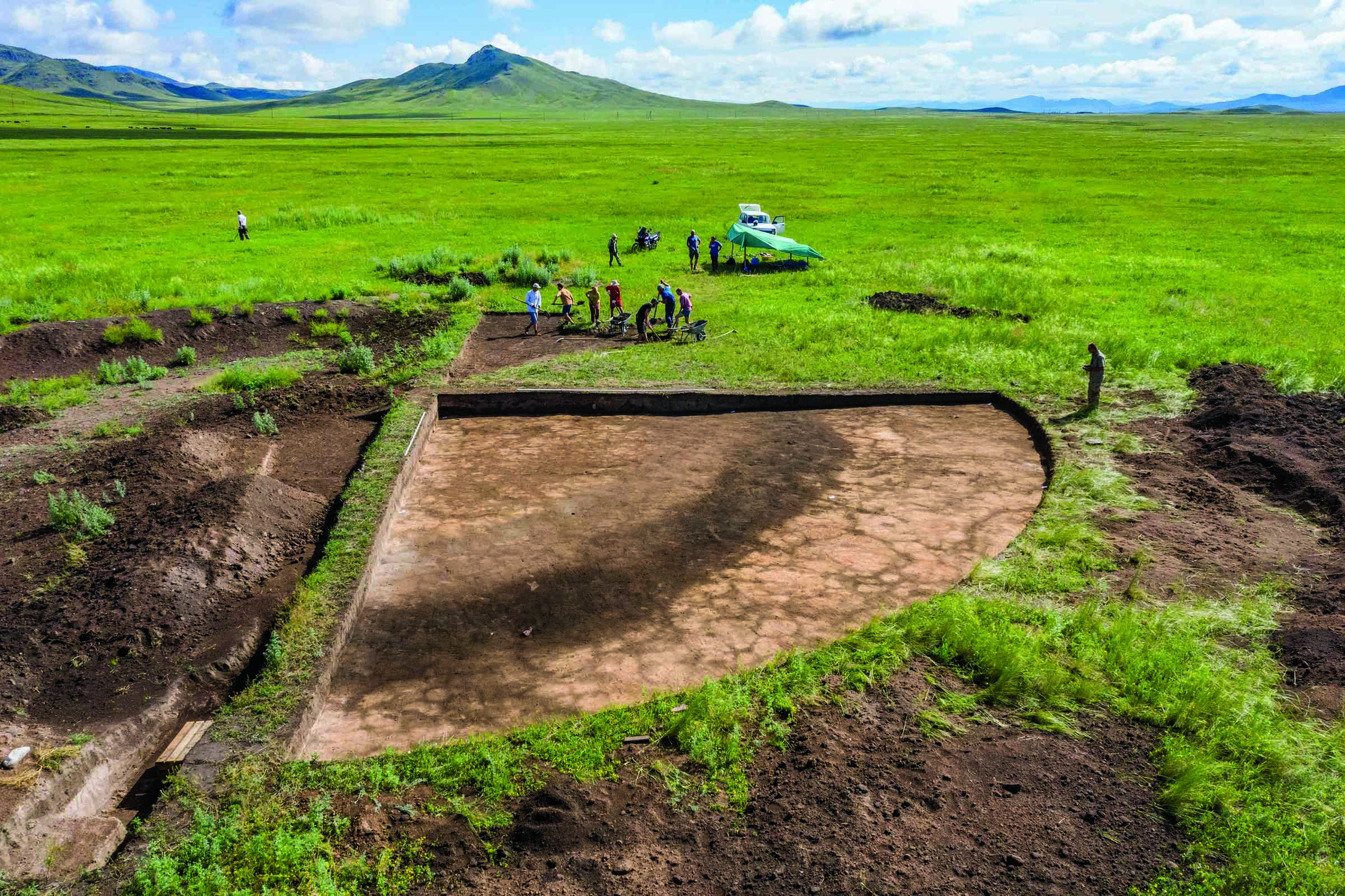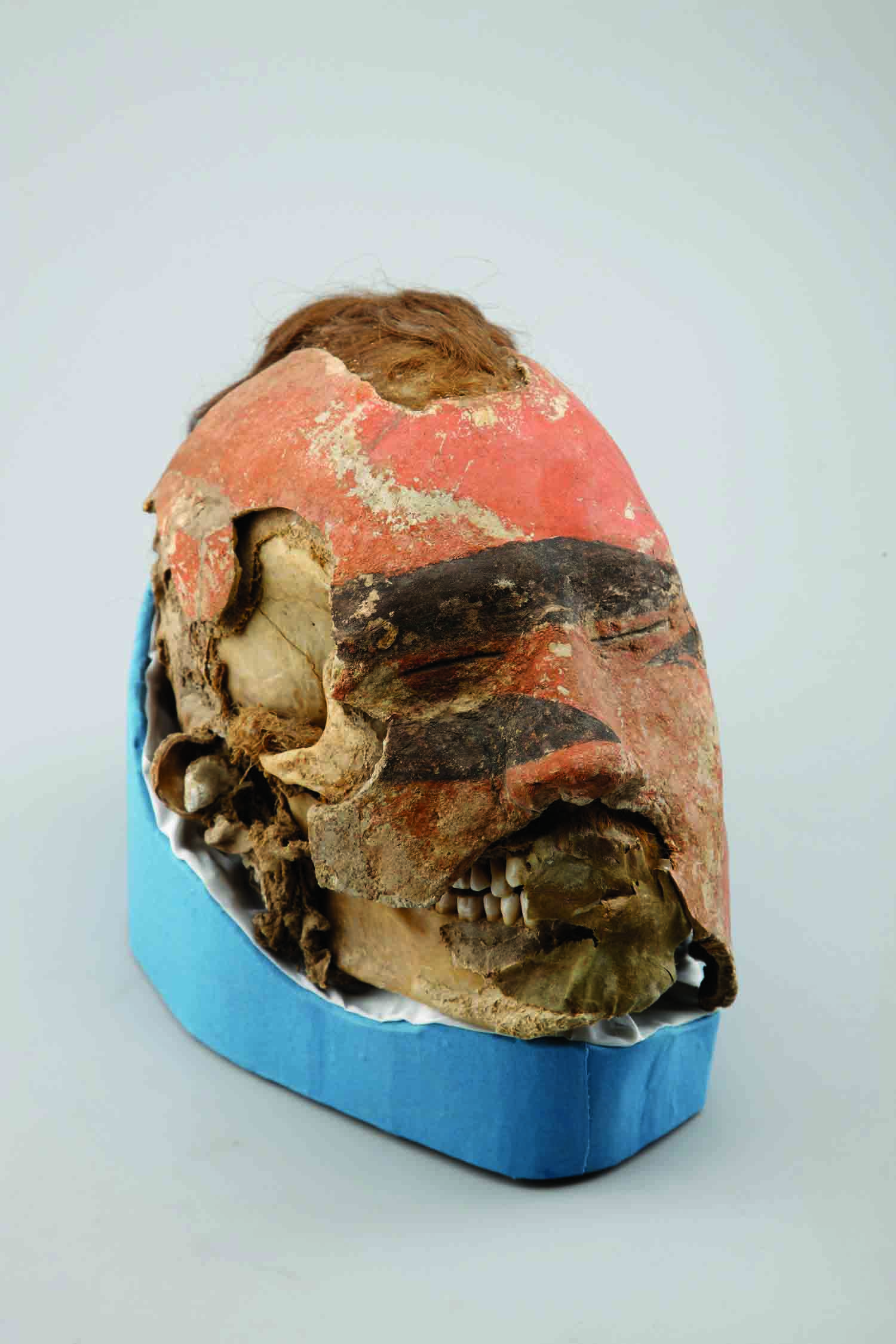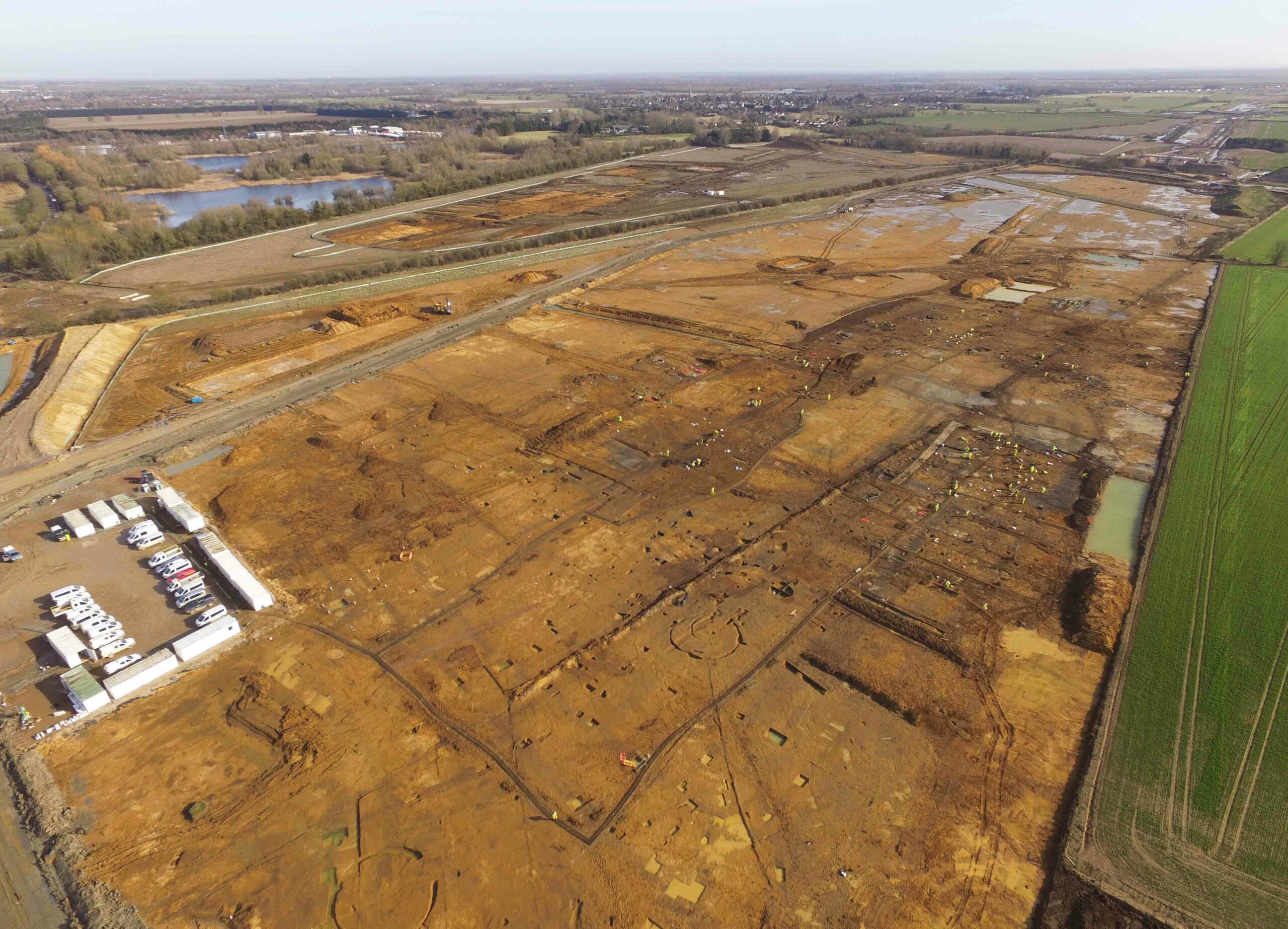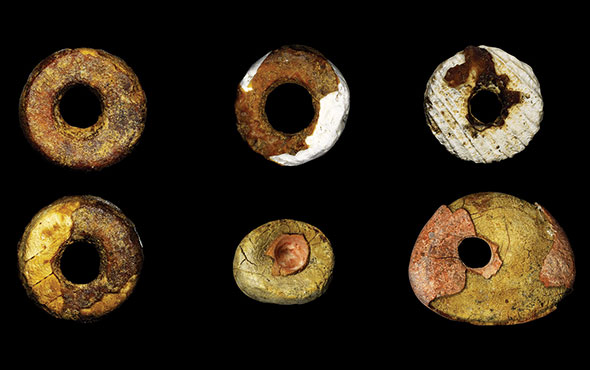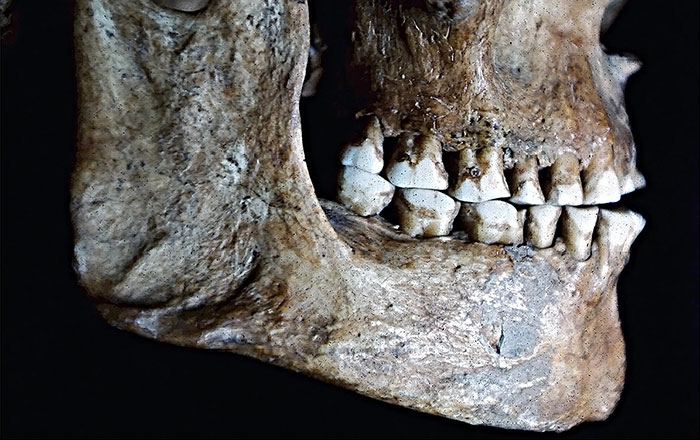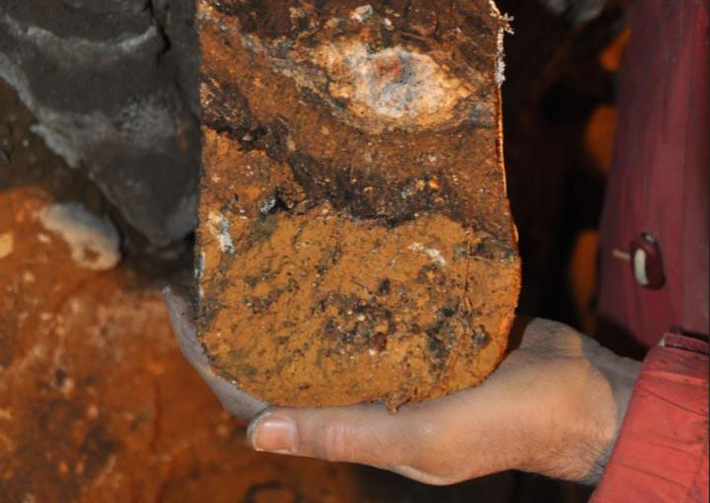
ADELAIDE, AUSTRALIA—A new study has carefully analyzed soil from different levels of Siberia’s Denisova Cave for microscopic traces of coprolites, bone, charcoal, ash, and stone flakes over a period of 300,000 years, Cosmos reports. Denisovans are thought to have first occupied the cave some 287,000 years ago, while Neanderthals are thought to have arrived 140,000 years ago. However, the test results suggest hominins only visited the cave sporadically, if at all. Archaeologist Mike Morley of Flinders University said the amount of fossilized hyena and wolf droppings in the cave suggest non-human carnivores were the cave’s primary inhabitants. In addition, the limited evidence for the use of fire in the cave could mean that hominin bones might have been carried into the cave by scavenging hyenas. The study also revealed that the climate in the region changed from a cold and arid open steppe during glacial periods to warmer, wetter forested steppe during interglacial periods. Morley said Neanderthals and Denisovans were probably both well adapted to living in cold weather. To read about another recent discovery at Denisova Cave, go to "Hominin Hybrid," one of ARCHAEOLOGY's Top 10 Discoveries of 2018.


